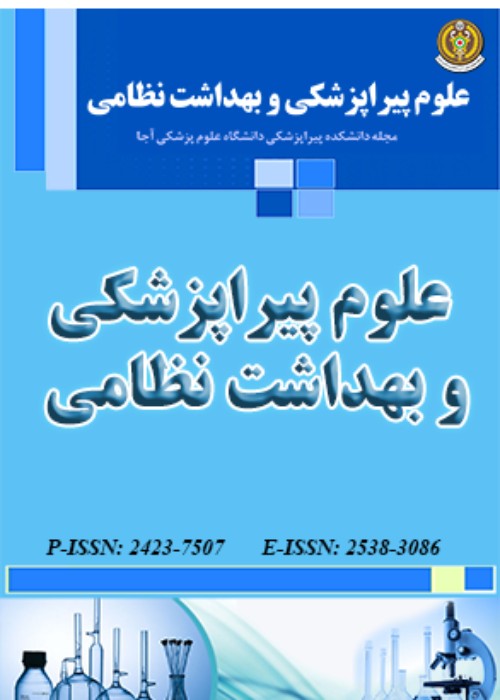Investigating the Feasibility of Implementing Telemedicine Technology based on the Existing Infrastructure in Ferdows Teaching Hospitals
For the successful implementation and optimal use of telemedicine technology, this technology’s necessary infrastructure and success factors should be considered. The present study was conducted to investigate the feasibility of implementing telemedicine technology based on the existing infrastructure in two teaching hospitals of Ferdows city.
Methods and Materials:
The current cross-sectional descriptive study was conducted in the teaching hospitals of Ferdows city in 2022. The population included 49 doctors, information technology unit staffs, and managers. In this study, the census method was used and all population was considered as a sample. Data were collected through Ghasemi et al.’s questionnaire, which has 44 multiple-choice questions and it consists of 6 sections. This questionnaire was created to measure the awareness of employees and the feasibility of implementing information technology in hospitals. The reliability of the questionnaire was obtained by Cronbach’s alpha method of 87%. Questionnaires were presented to people with an easy access and face to face approach. After completing the questionnaires, the information was entered into SPSS software version 16. Moreover, data were analyzed using descriptive statistics (frequency, mean and percentage).
49 employees were participated in this study. Despite the possibility of communicating between the systems of each hospital’s departments, more than 70% of the employees did not have access to highspeed Internet and they couldn’t connect from outside the hospital. The level of familiarity of employees with telemedicine technology was at an appropriate level (72.1 %). Furthermore, the strategic plan of the studied hospitals included a telemedicine program. However, telemedicine services have not been provided in these hospitals yet. Providing education (92.3 %), providing care (84.6 %), admitting patients(76.9 %), consulting(69.2 %) and performing surgeries (15.3 %)were the most important applications of this technology from the point of view of the participents. Moreover, the problems of insurance and reimbursement (100%) and the lack of technical staff (100%) were raised as infrastructural obstacles for the implementation of telemedicine technology.
Despite the availability of some telemedicine infrastructure in the hospitals of Ferdows city, these hospitals are still not able to provide telemedicine services. Therefore, it is suggested to take measures to provide the necessary facilities and infrastructure in this direction.
- حق عضویت دریافتی صرف حمایت از نشریات عضو و نگهداری، تکمیل و توسعه مگیران میشود.
- پرداخت حق اشتراک و دانلود مقالات اجازه بازنشر آن در سایر رسانههای چاپی و دیجیتال را به کاربر نمیدهد.



